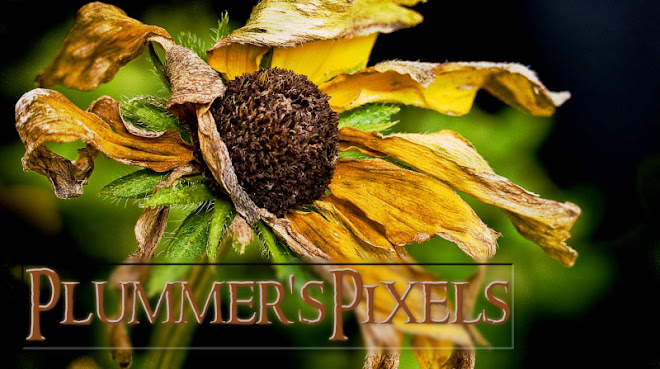
Image manipulation is not new. Anyone who has watched a TV series about Henry VIII knows the problems caused by a flattering portrait. Holbein painted one of Anne of Cleves and showed it to Henry. Henry agreed to the marriage but when he finally met his betrothed he called her a “fat Flanders mare”. History suggests that Holbein exercised too much artistic license. Today, we take photo manipulation almost for granted. Of course, photographs have always been manipulated. There are the classic examples from the early Soviet era. Former party faithful who fell from favor were not only physically removed. Their images were skillfully airbrushed from any group photographs and history was rewritten. Less dramatically, photographs of movie stars and politicians and all those beautiful people in magazine ads are also retouched. In every photographic studio creative lighting enhanced features, clever poses hid signs of too many calories and double chins were banished with a raised head and flattering camera angle.
Lighting choices, lens type and camera viewpoint are still powerful tools. They still require skill to use. At another level, digital cameras and simple software have given everyone with a computer the power to change photographs. Most of us use these tools with little thought. “Red-eye” correction and removing skin blemishes are every-day examples. Blurring the skin to reduce wrinkles, brightening teeth and removing stray hair could be considered simple courtesy for a lady. But where does courtesy end? When do we become a twenty-first century edition of Holbein? Today, I can buy a program that will restore skin texture, remodel the nose, contour chin and cheeks, adjust the brow and hairline and enhance the eyes – all with a few clicks of a mouse. The final image is an artistic masterpiece – but is it still a photograph? Equally important, does it matter if the subject is happy with the result?
Lighting choices, lens type and camera viewpoint are still powerful tools. They still require skill to use. At another level, digital cameras and simple software have given everyone with a computer the power to change photographs. Most of us use these tools with little thought. “Red-eye” correction and removing skin blemishes are every-day examples. Blurring the skin to reduce wrinkles, brightening teeth and removing stray hair could be considered simple courtesy for a lady. But where does courtesy end? When do we become a twenty-first century edition of Holbein? Today, I can buy a program that will restore skin texture, remodel the nose, contour chin and cheeks, adjust the brow and hairline and enhance the eyes – all with a few clicks of a mouse. The final image is an artistic masterpiece – but is it still a photograph? Equally important, does it matter if the subject is happy with the result?
 It is a fool-hardy blogger who would post portraits and confirm that the camera was lying. Those concerns do not apply to flowers. The image above was taken early in the morning with a macro lens and a small aperture for good depth of focus. Those choices started the manipulation before the shutter was pressed. The geranium below was taken in the afternoon using a very fast telephoto lens to achieve a shallow depth of focus and a fuzzy background. The photograph was also de-saturated to give a pastel appearance. Those choices yield very different images. As for the saxophonist at the beginning, he was left in peace to play cool jazz – only the backgrounds were slightly modified to return the buildings to vertical.
It is a fool-hardy blogger who would post portraits and confirm that the camera was lying. Those concerns do not apply to flowers. The image above was taken early in the morning with a macro lens and a small aperture for good depth of focus. Those choices started the manipulation before the shutter was pressed. The geranium below was taken in the afternoon using a very fast telephoto lens to achieve a shallow depth of focus and a fuzzy background. The photograph was also de-saturated to give a pastel appearance. Those choices yield very different images. As for the saxophonist at the beginning, he was left in peace to play cool jazz – only the backgrounds were slightly modified to return the buildings to vertical.


1 comment:
Paintbrushes don't lie either...right!! I just finished reading a book about Anne of Cleves and Horrid Henry. It was an historical fiction and this author's take (Philippa Gregory) was that Henry came to her disguised as a working man - something he got kicks out of doing, apparently - and kissed her, full on the mouth. Everyone else knew it was him, but she (being ill-informed by her people) did not and spit out his kiss and slapped him. There was reference to the Holbein painting, but after her reaction (Imagine her not being delighted!) he decided to call her a cow to make HER look bad and soothe his bruised ego. It was a very interesting read.
Post a Comment